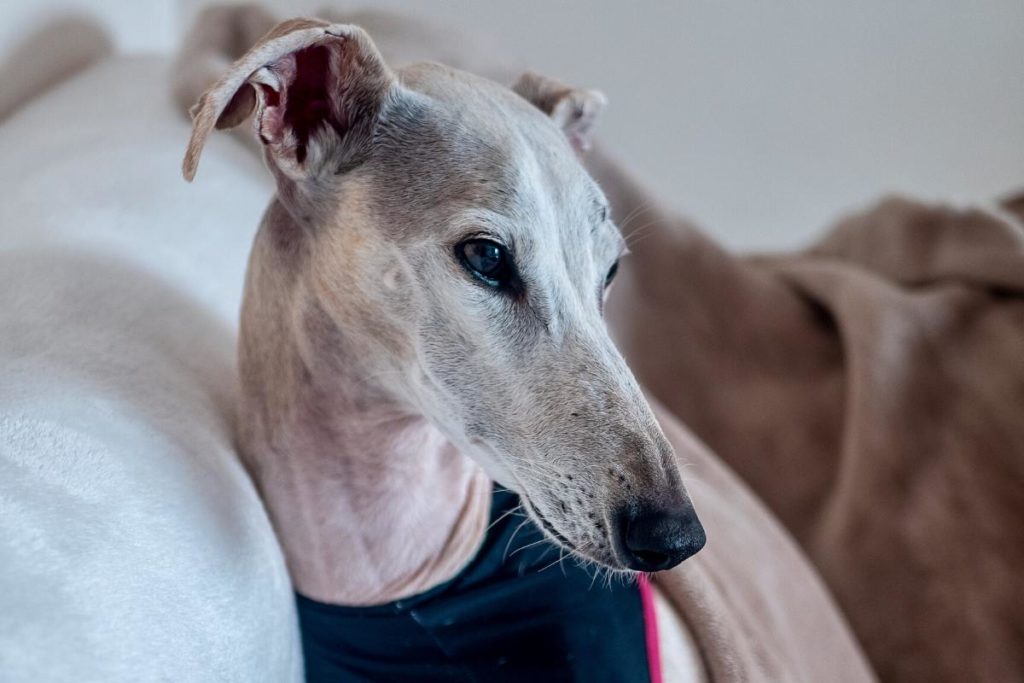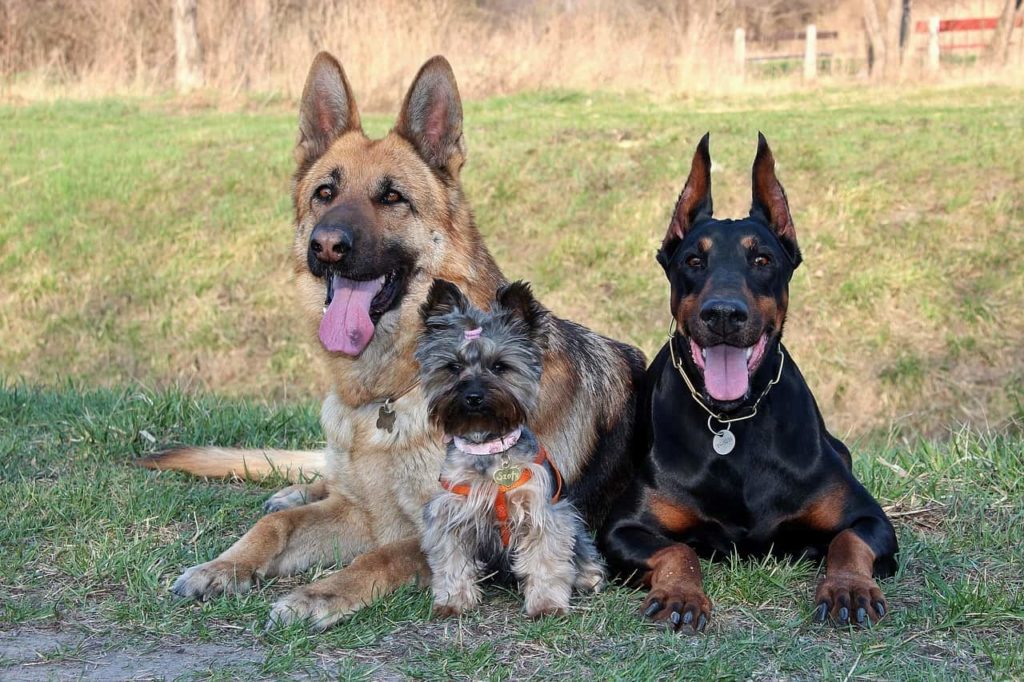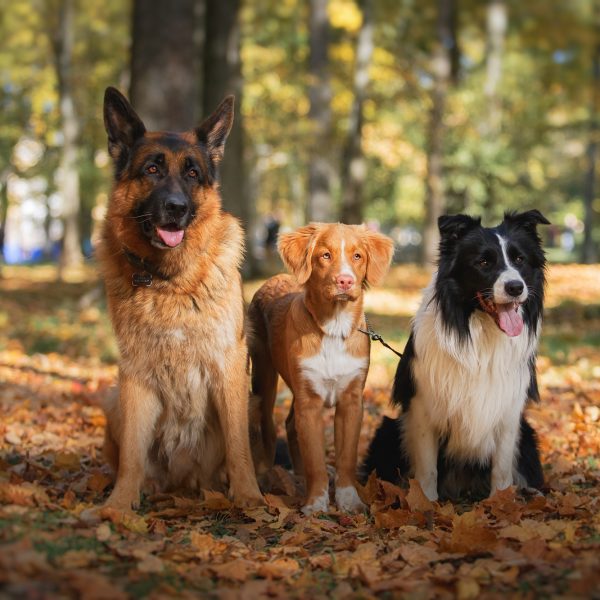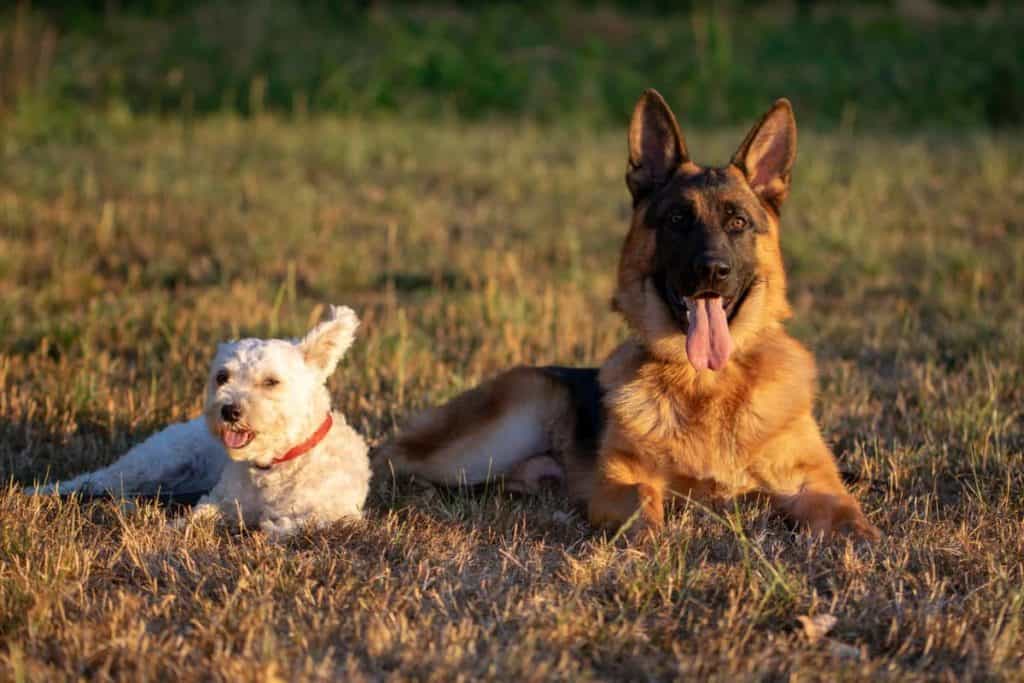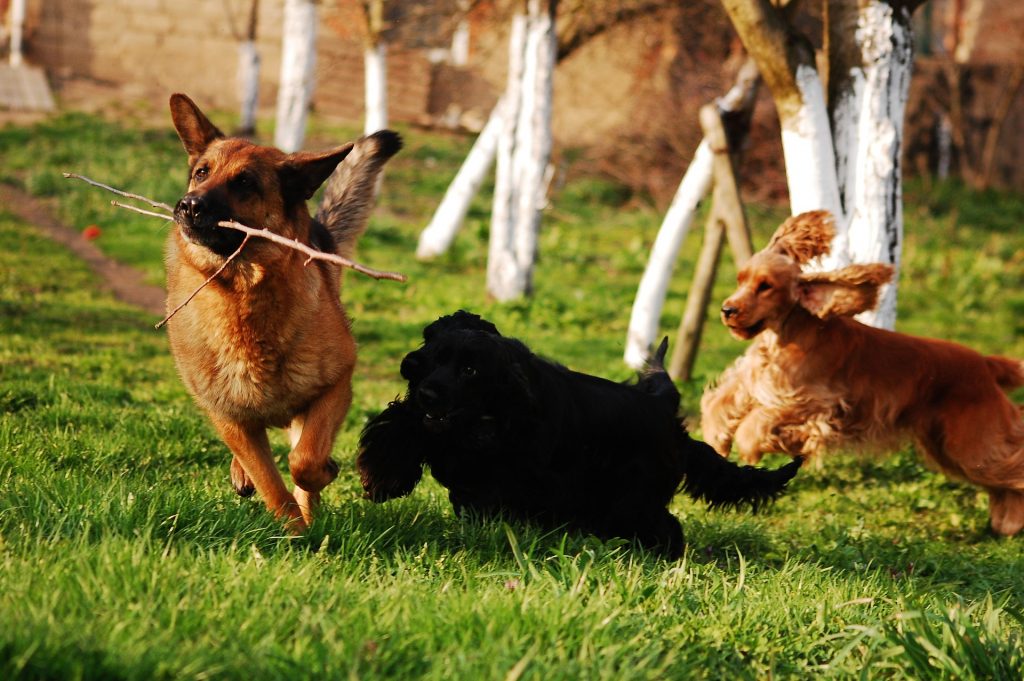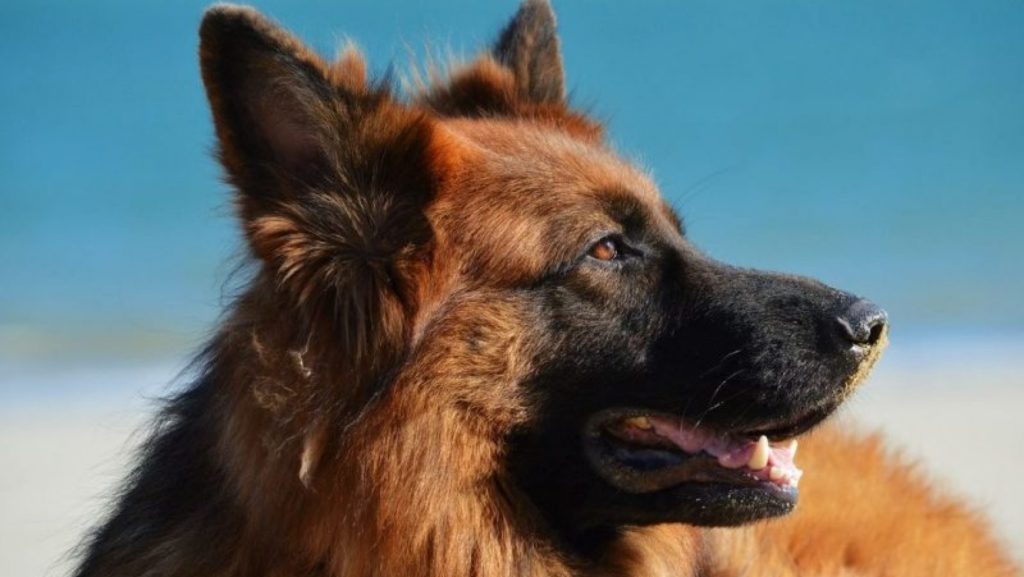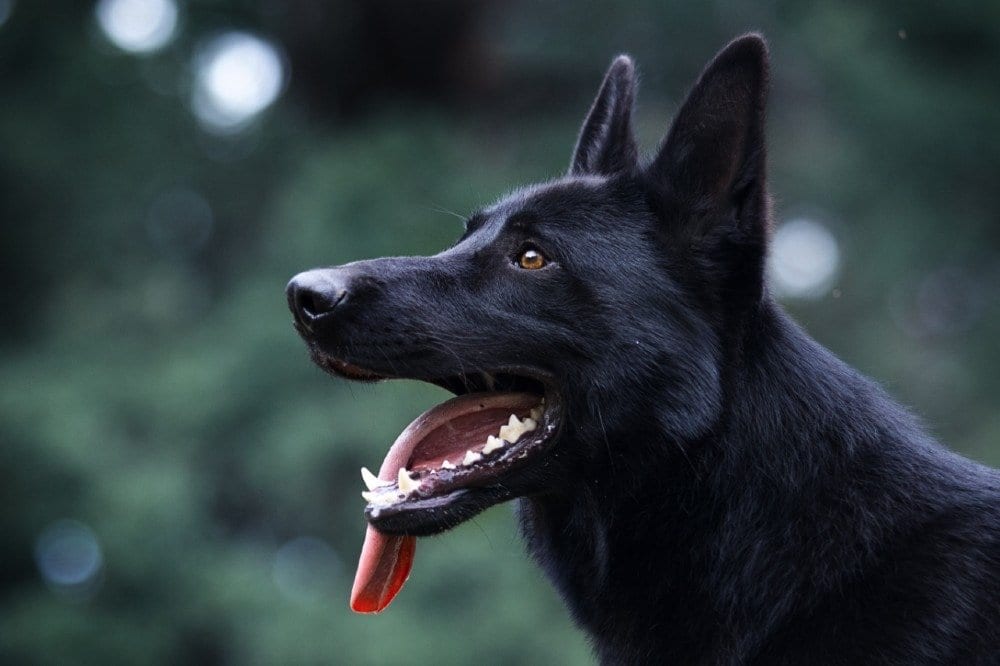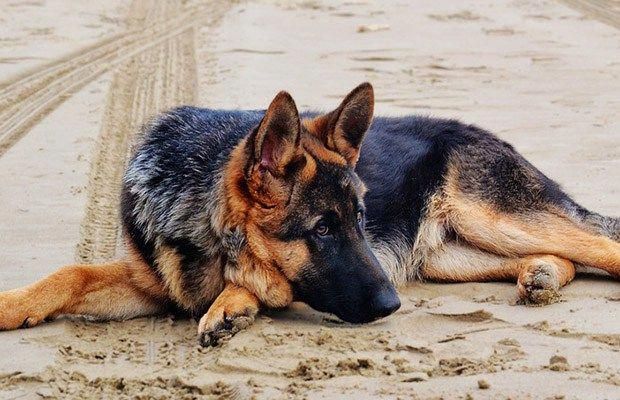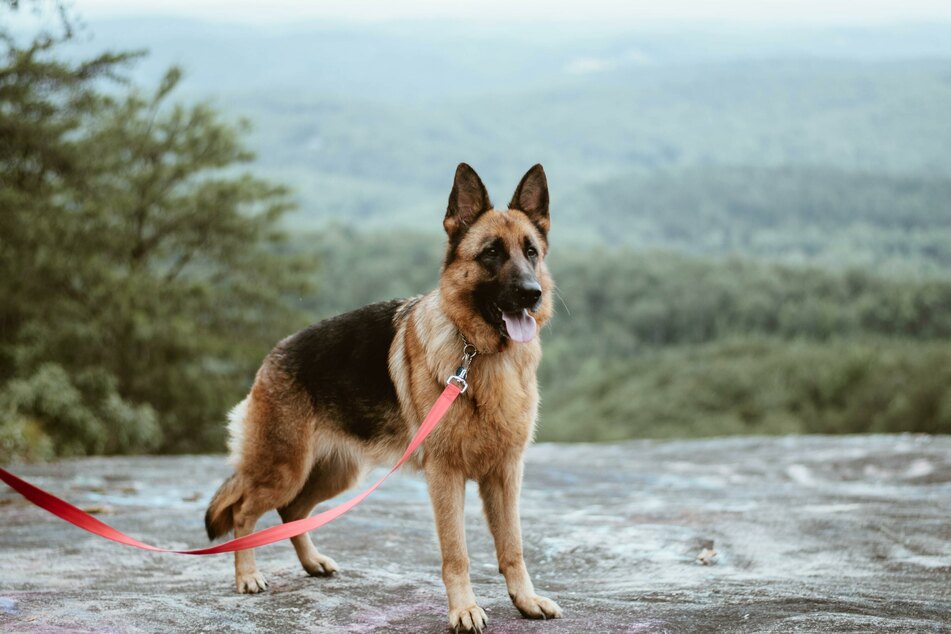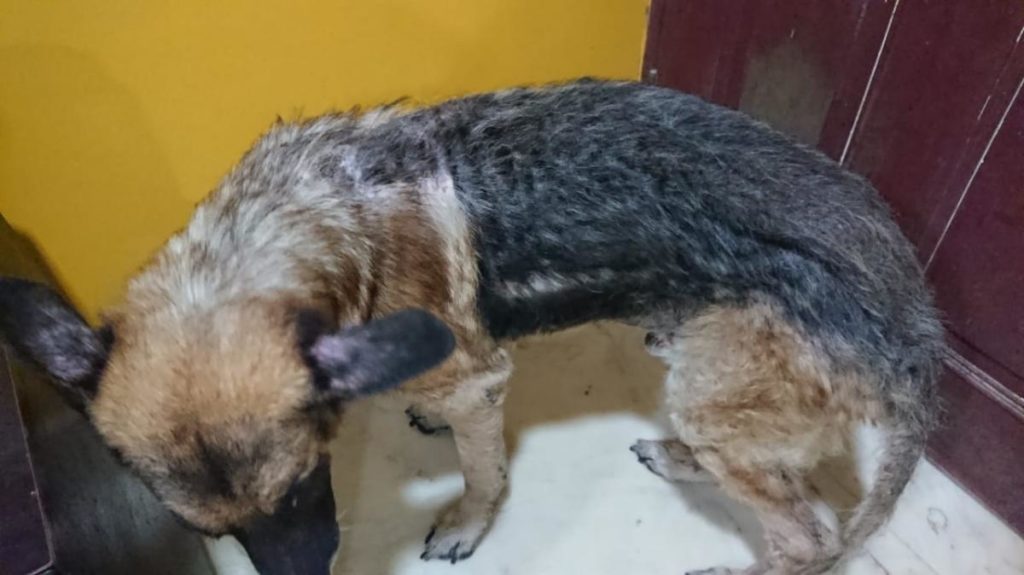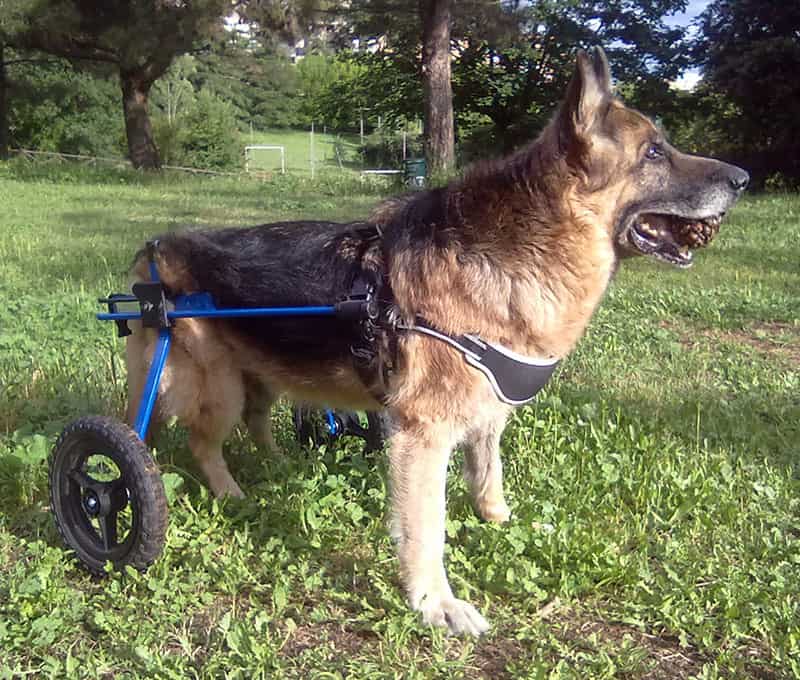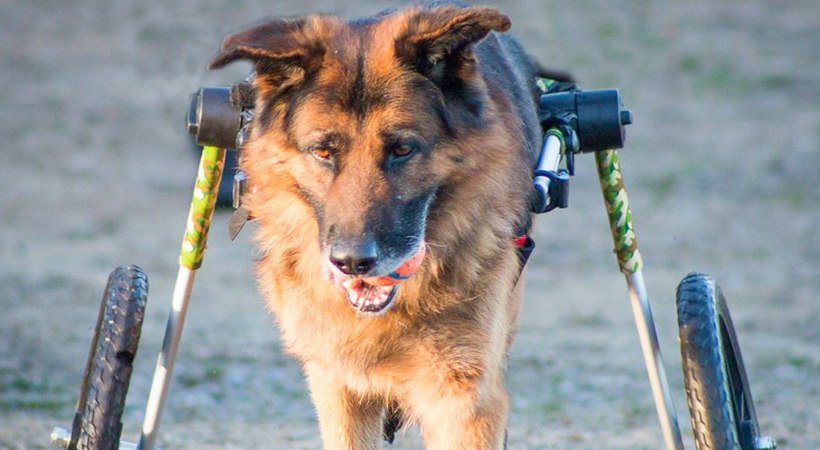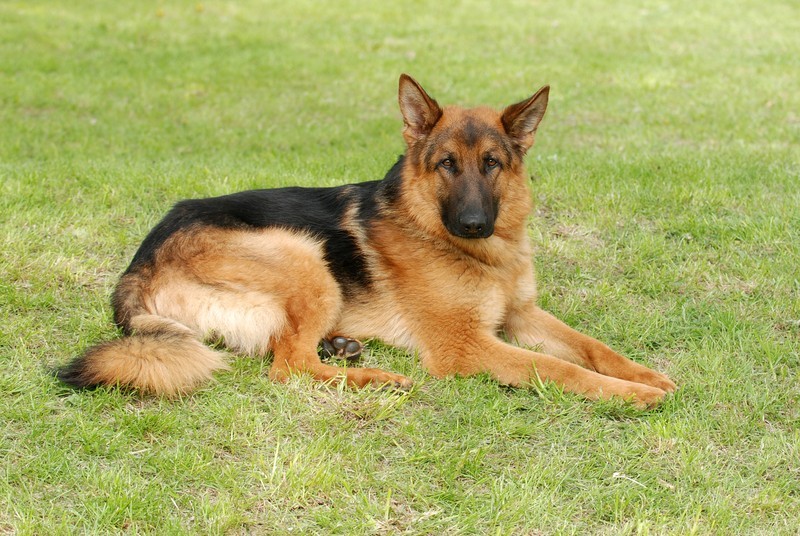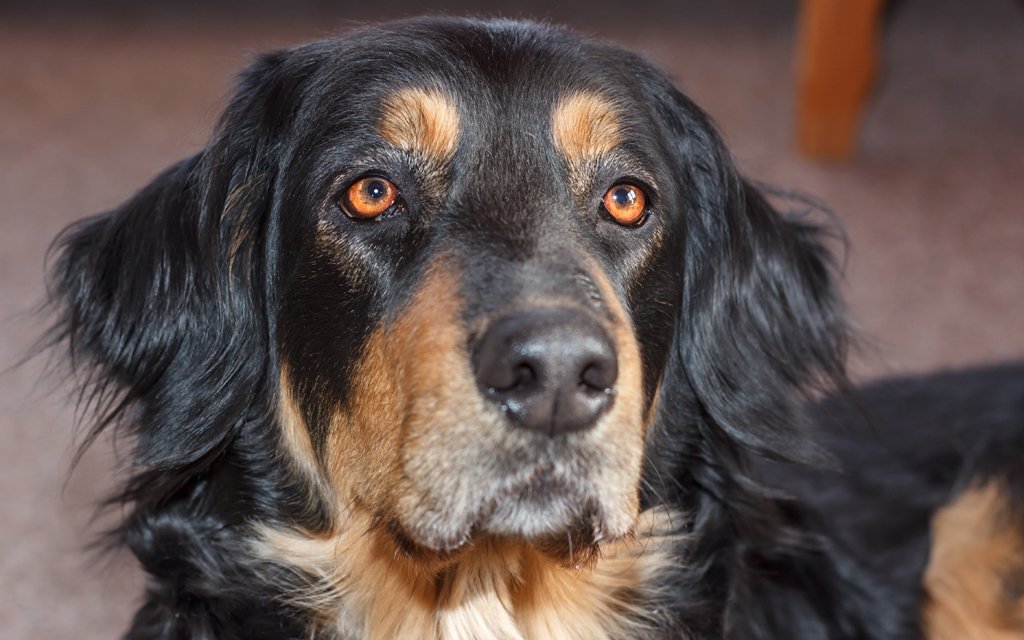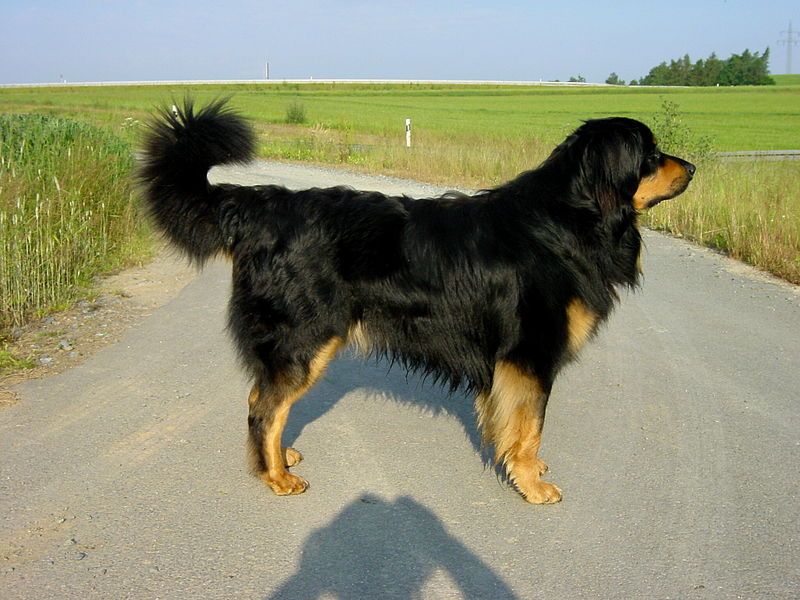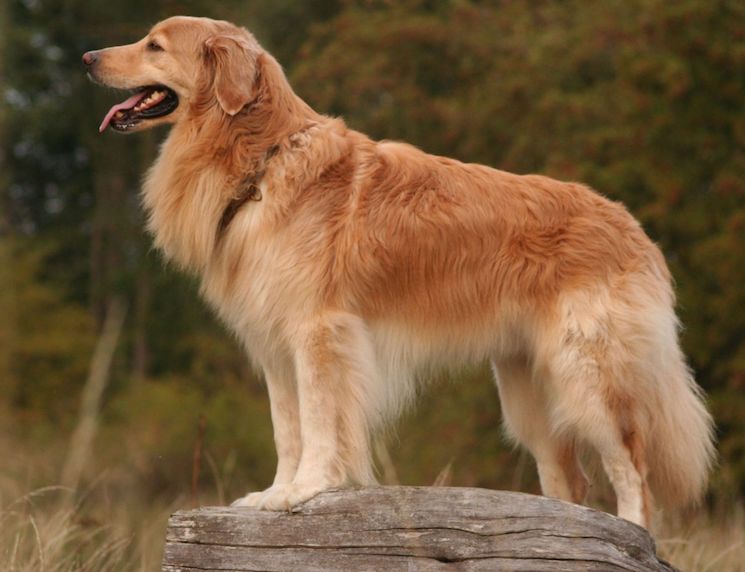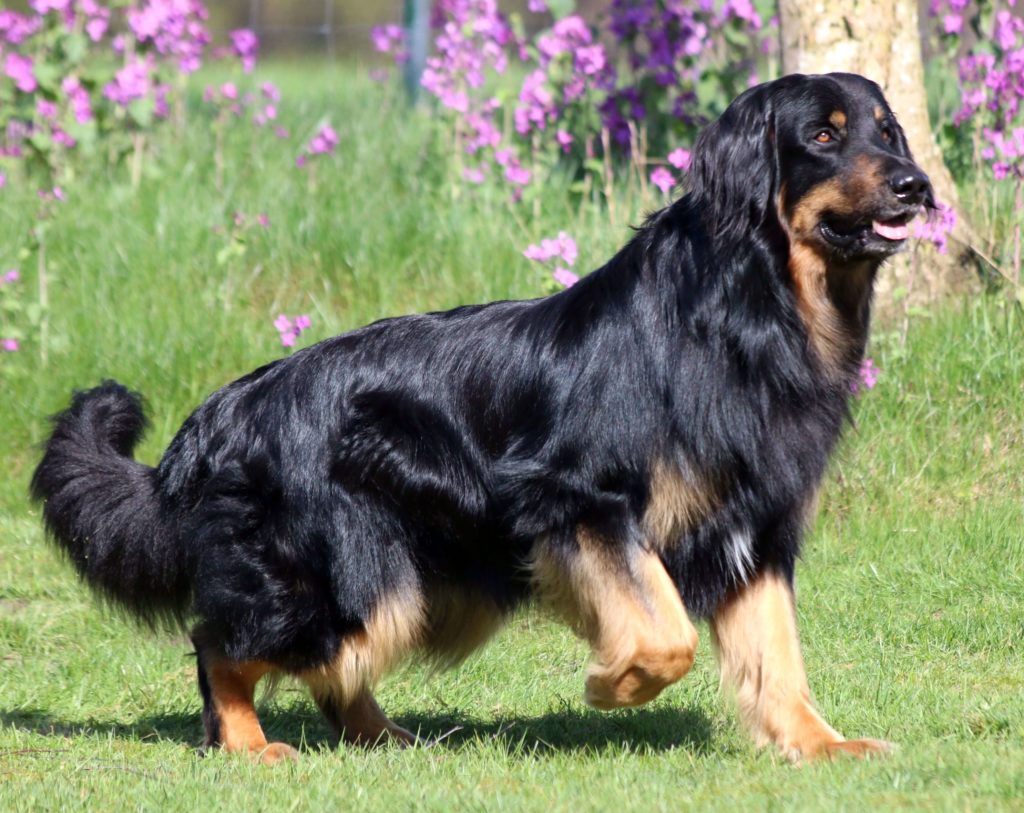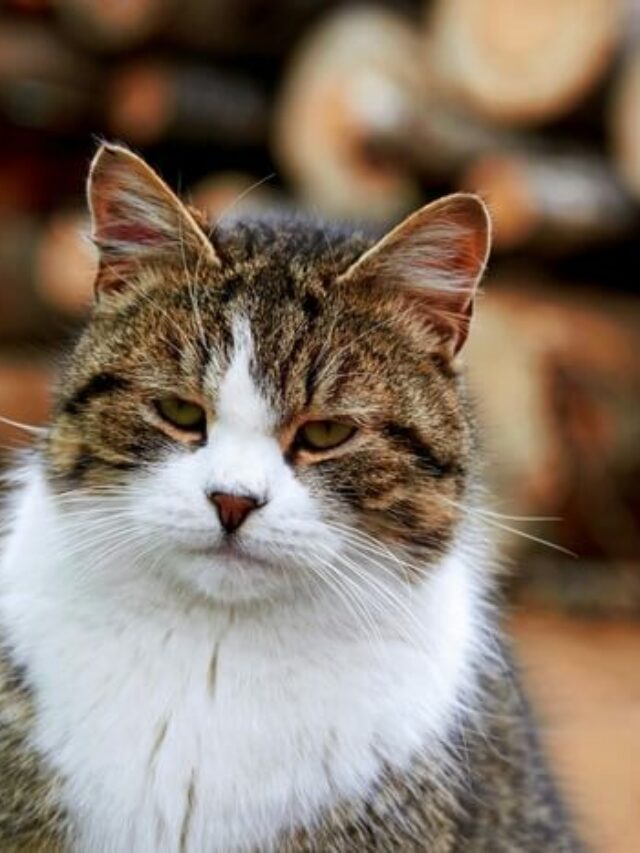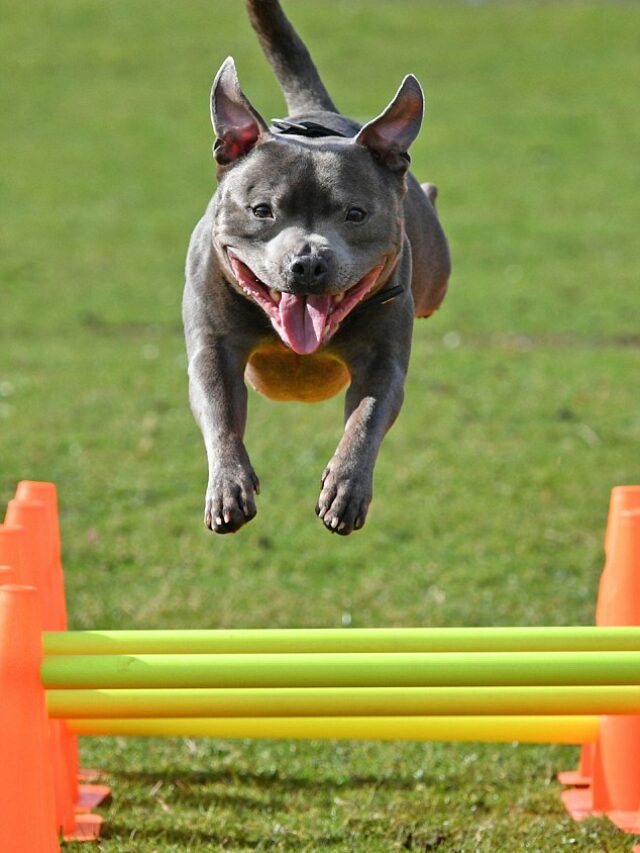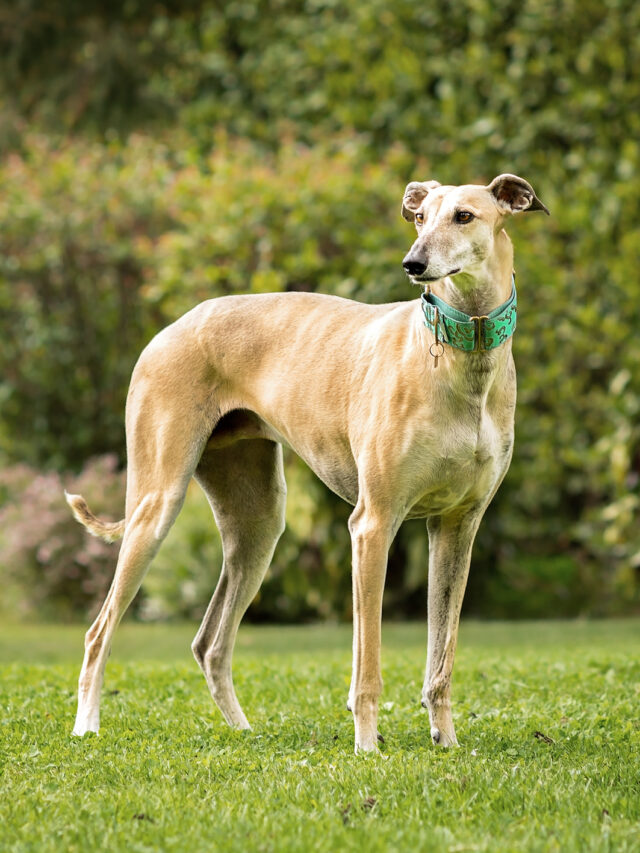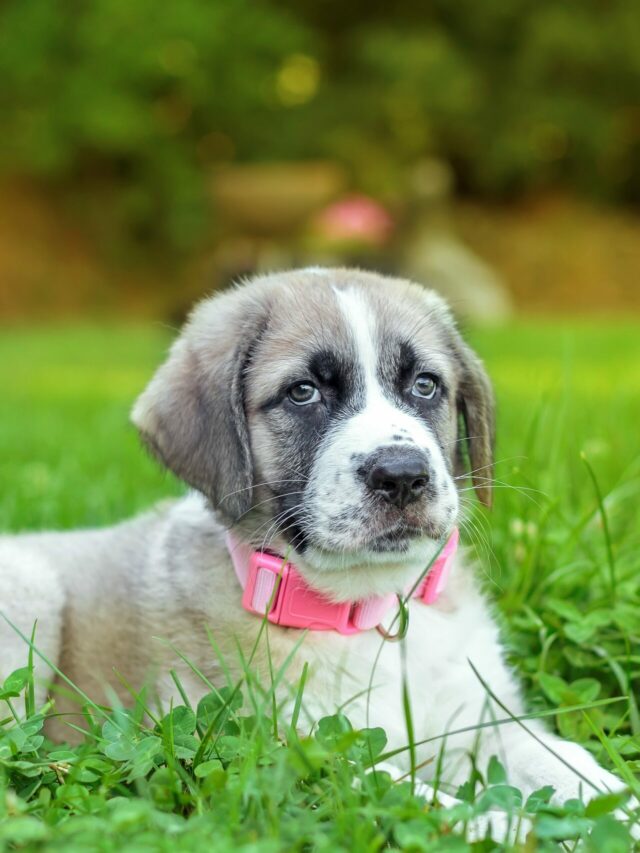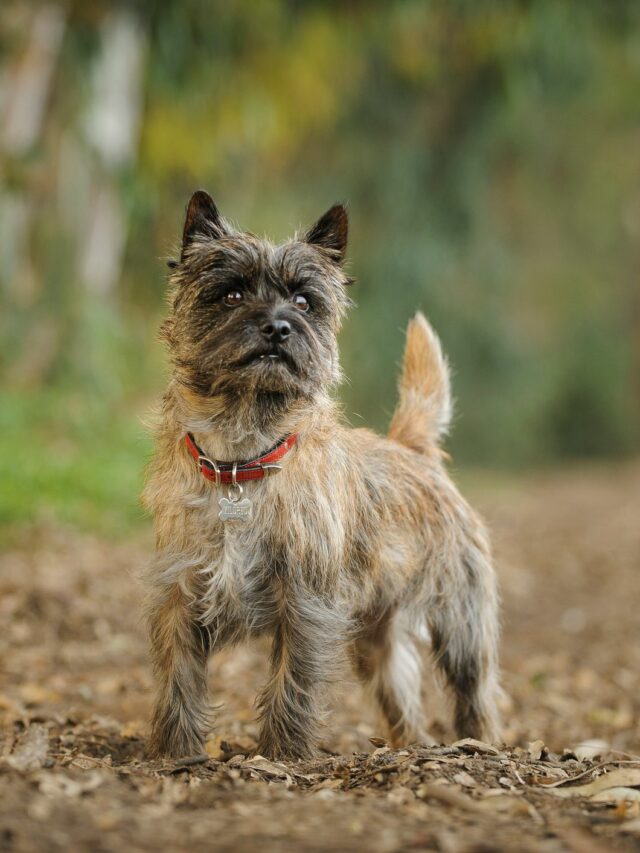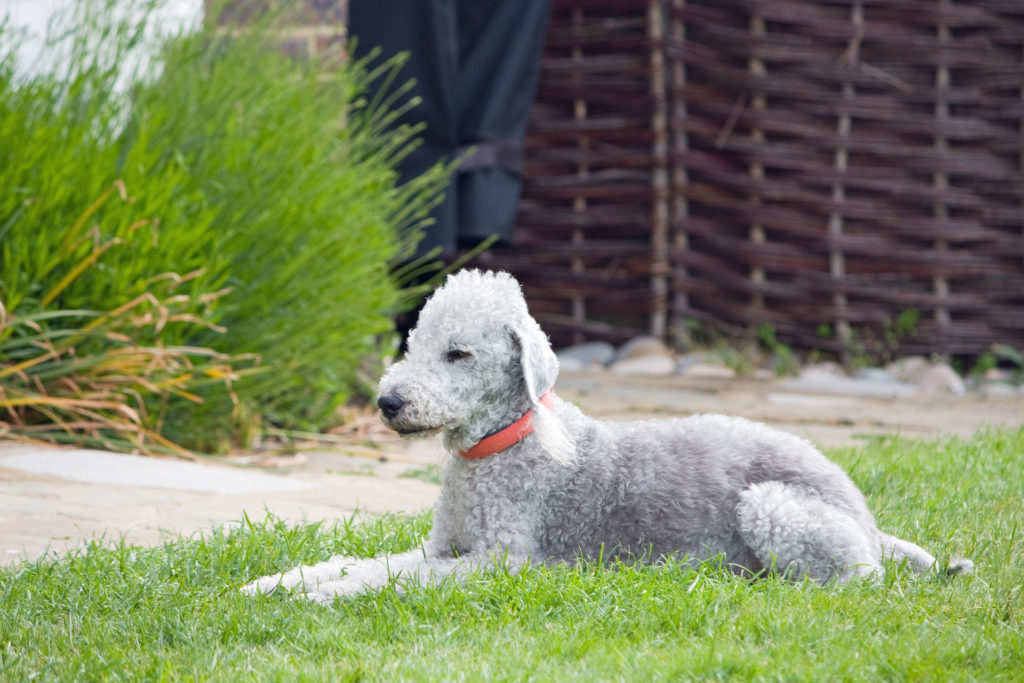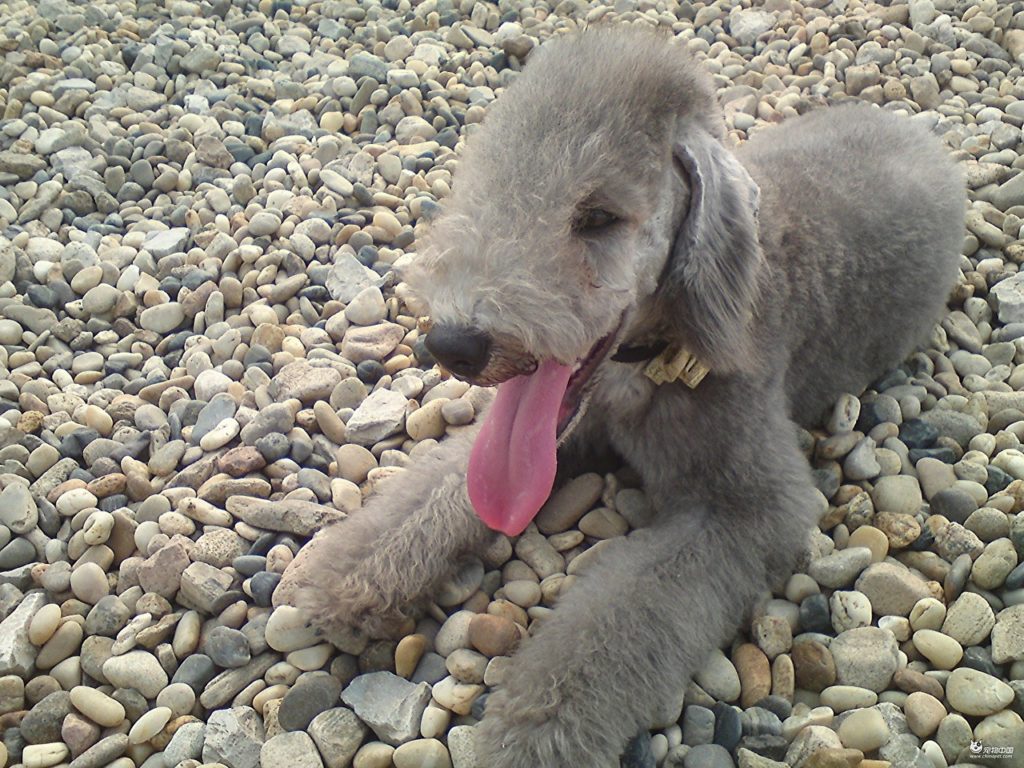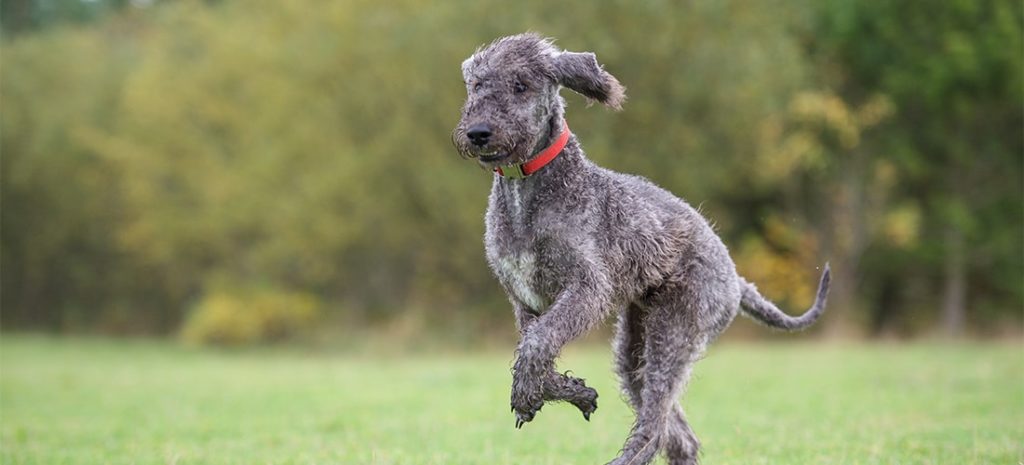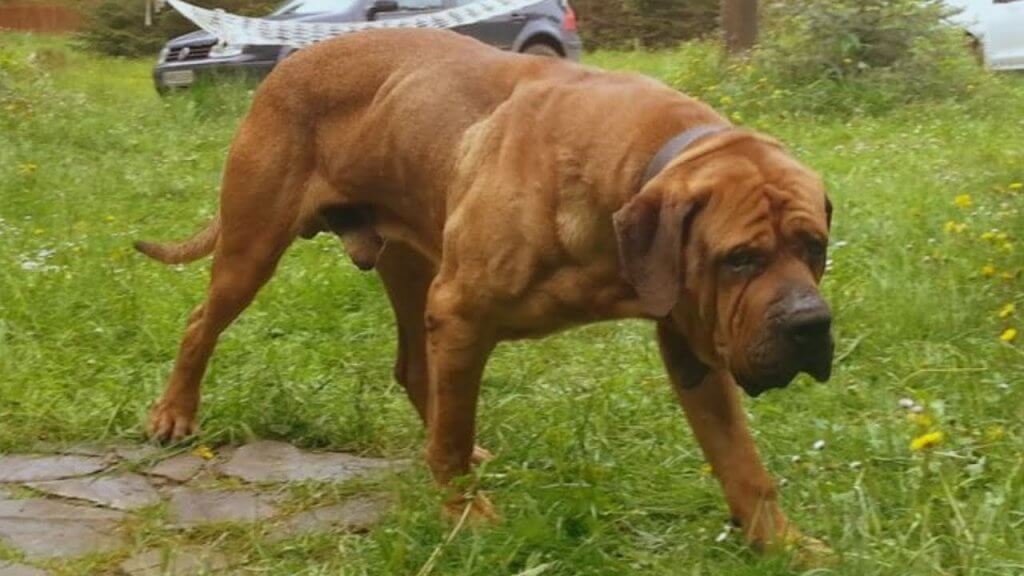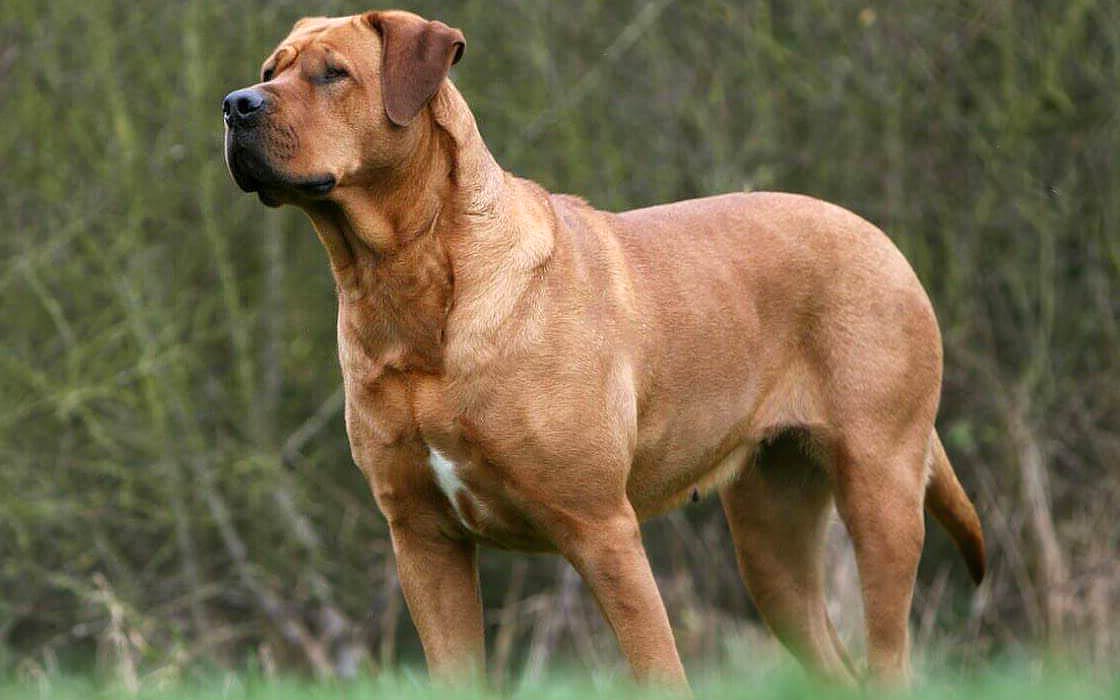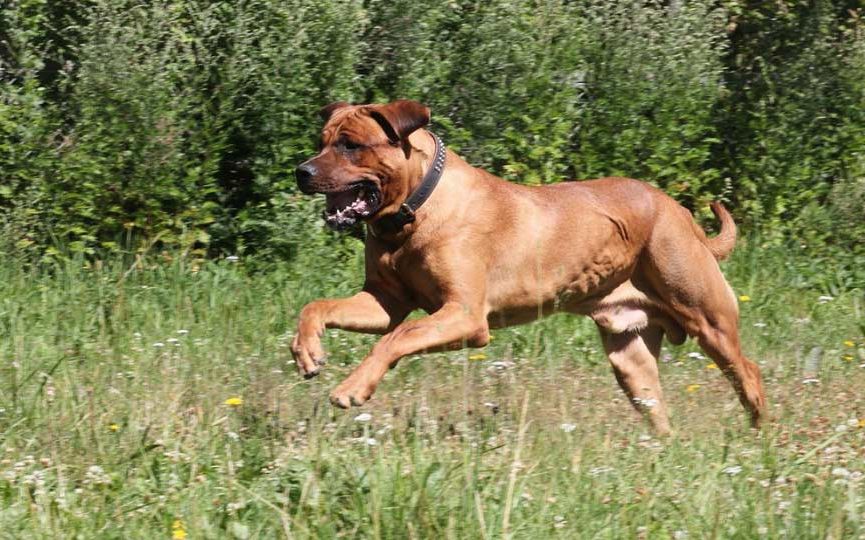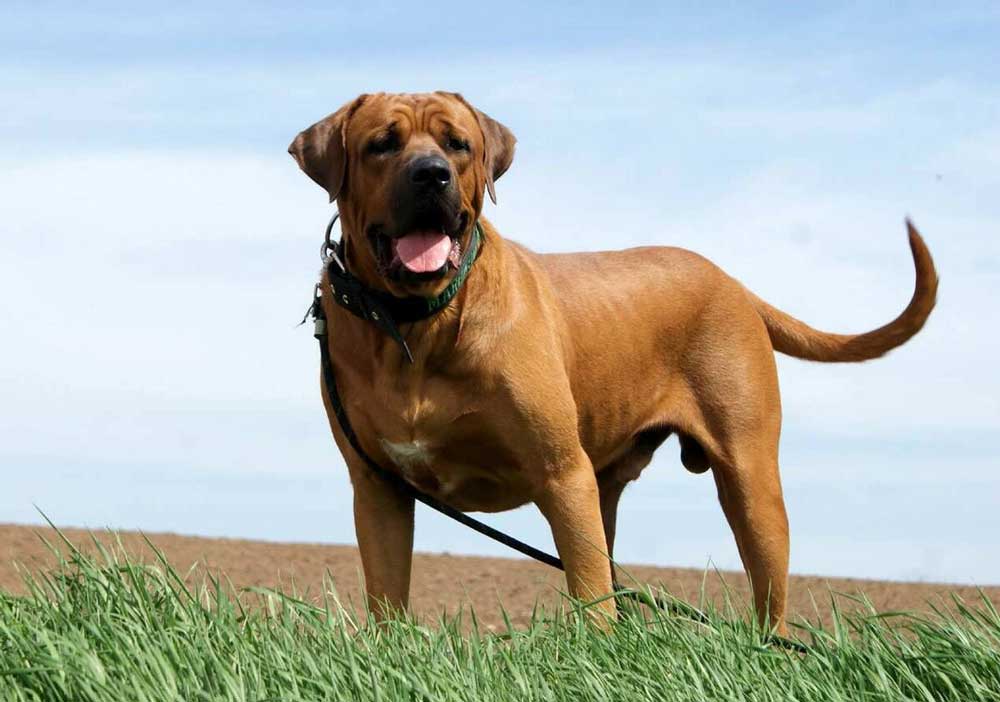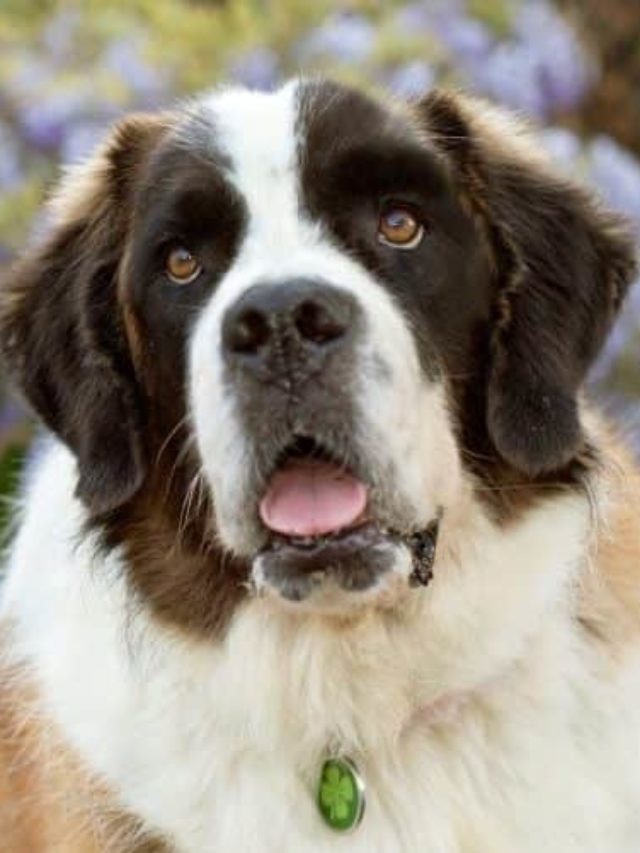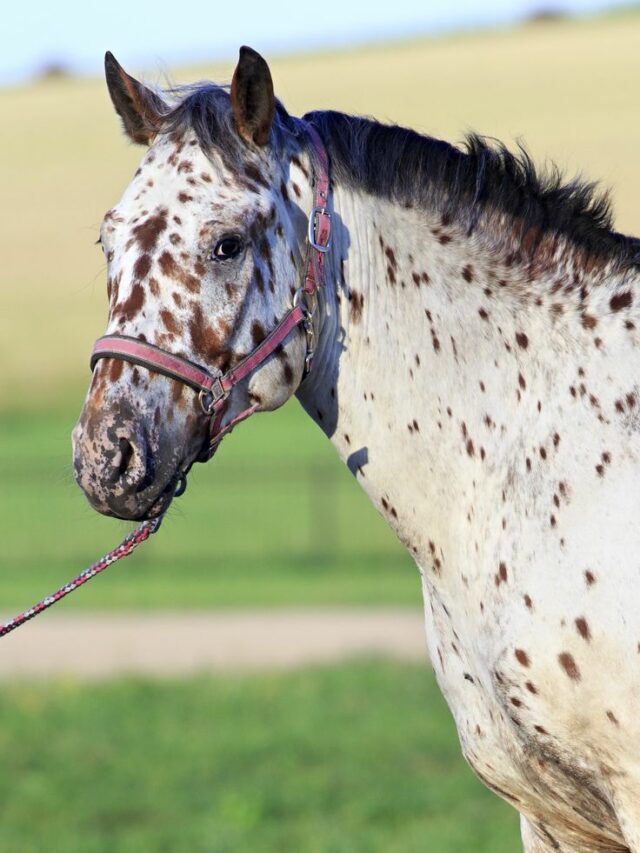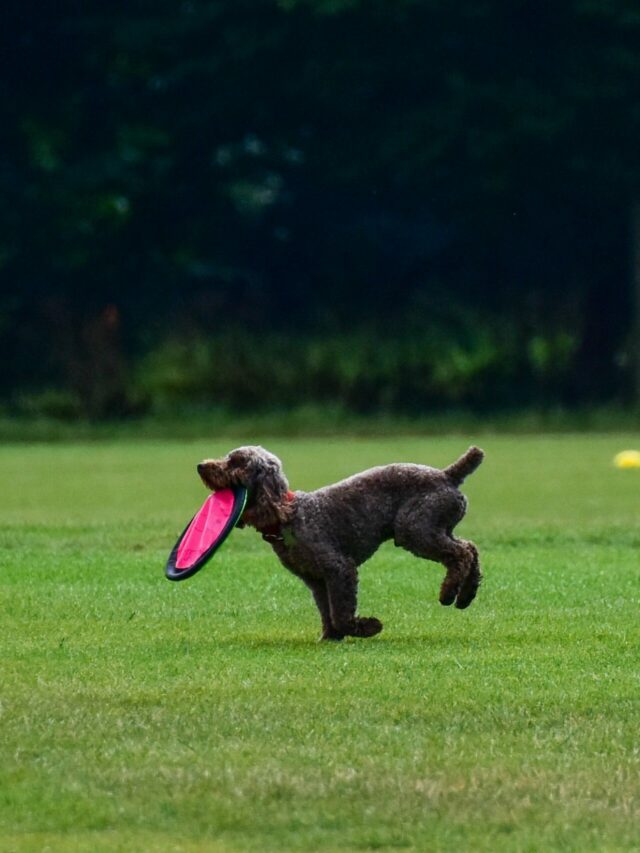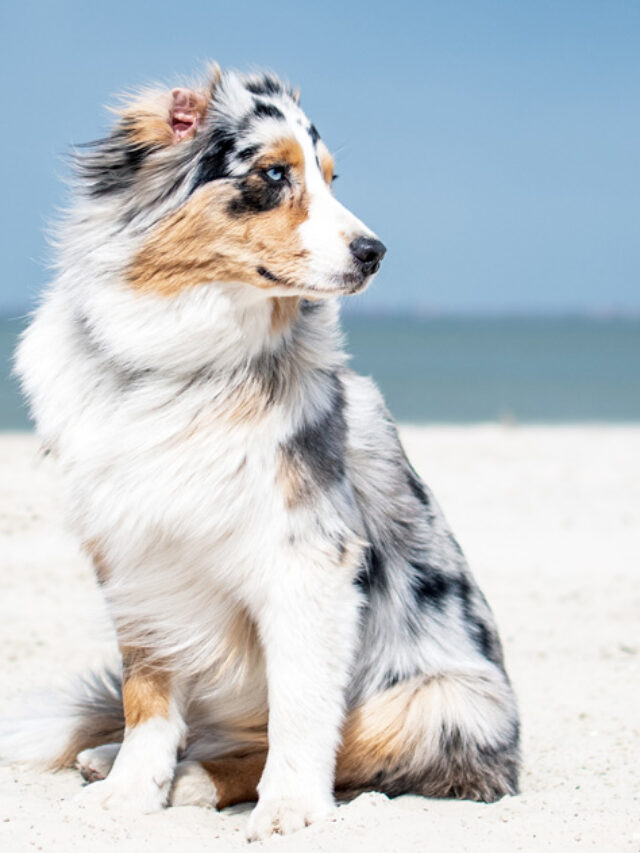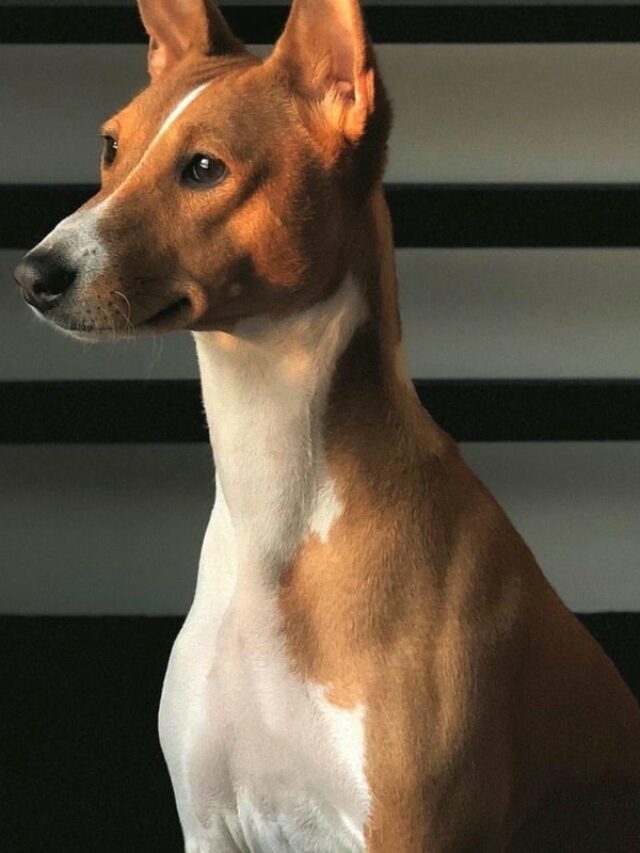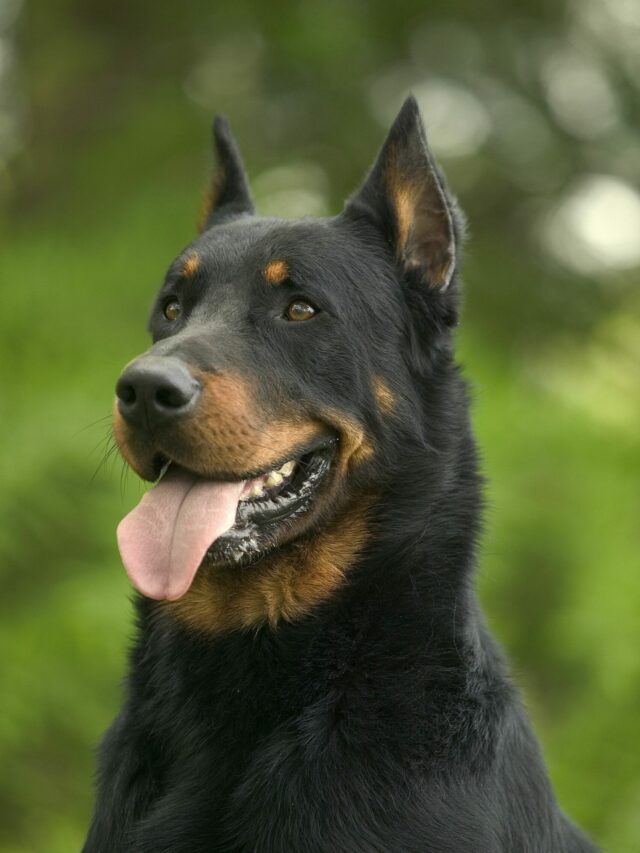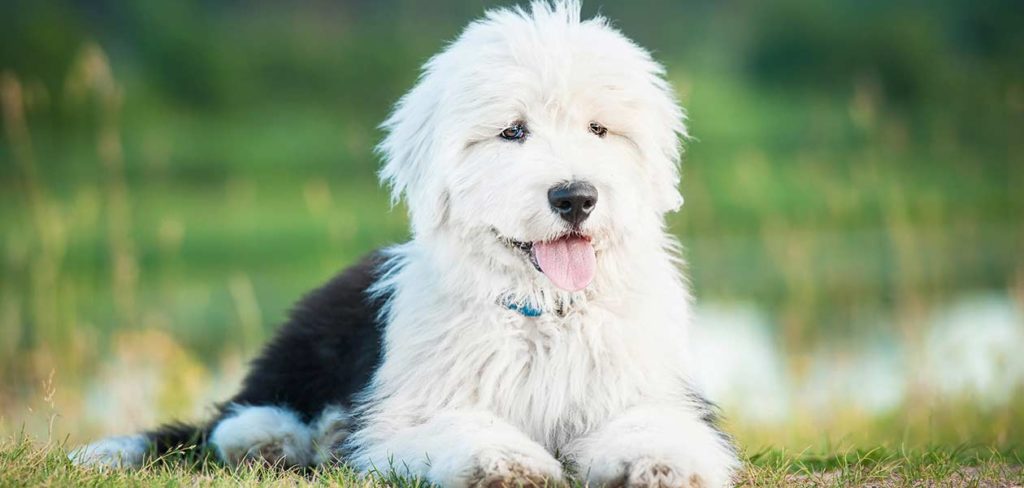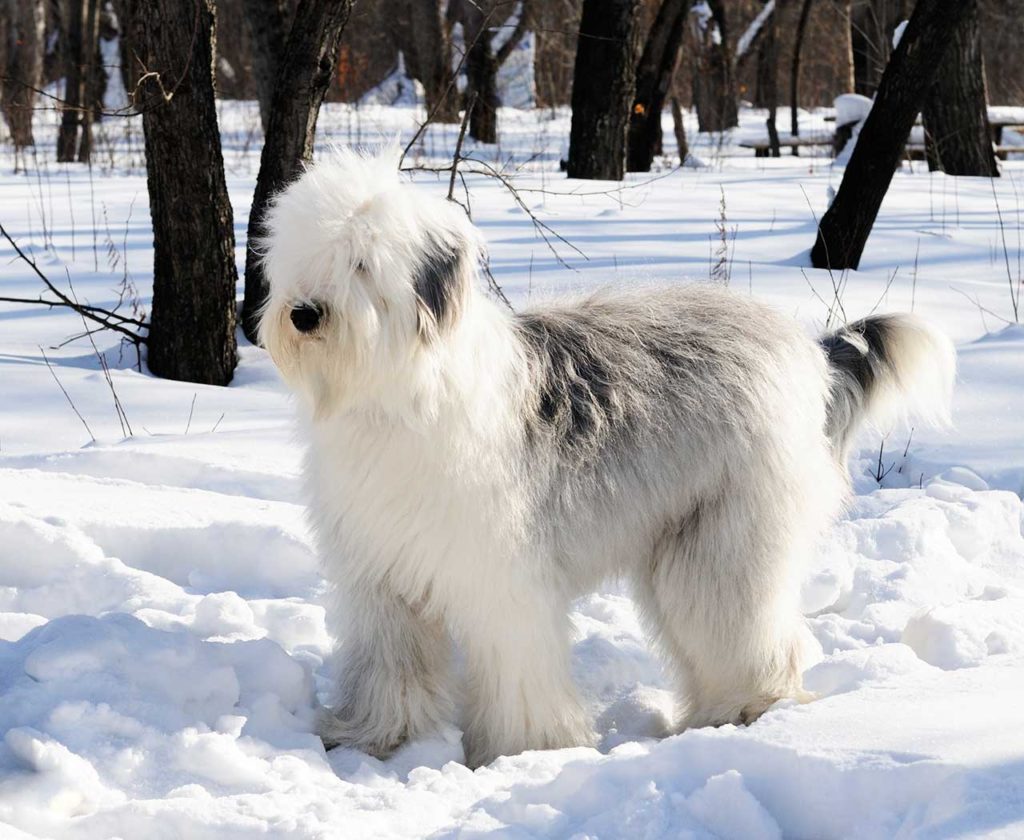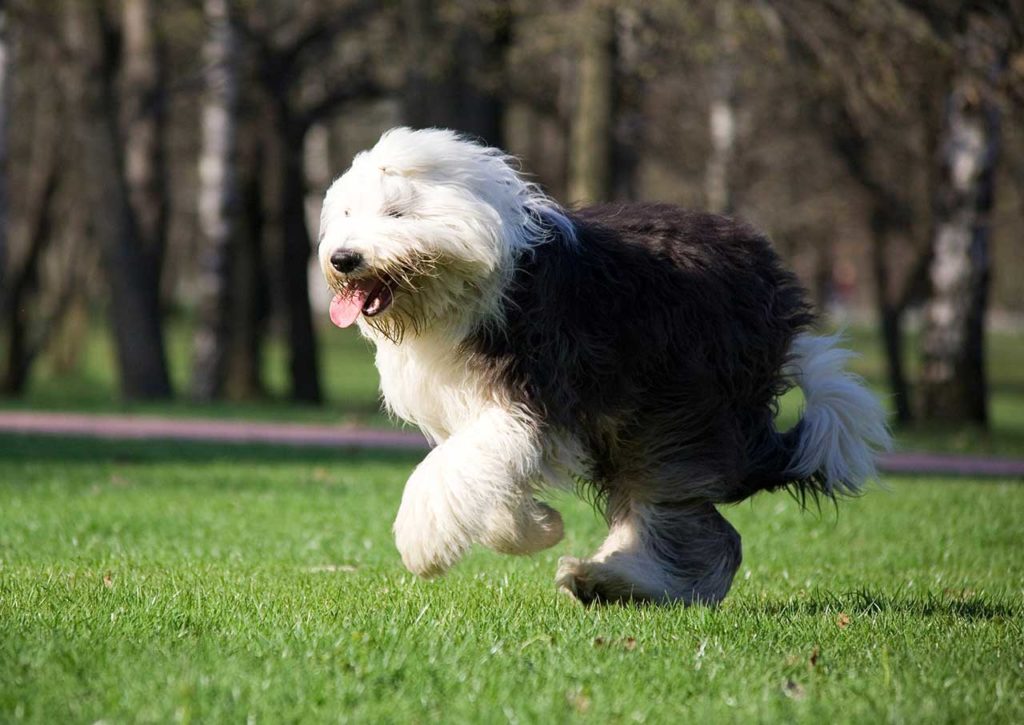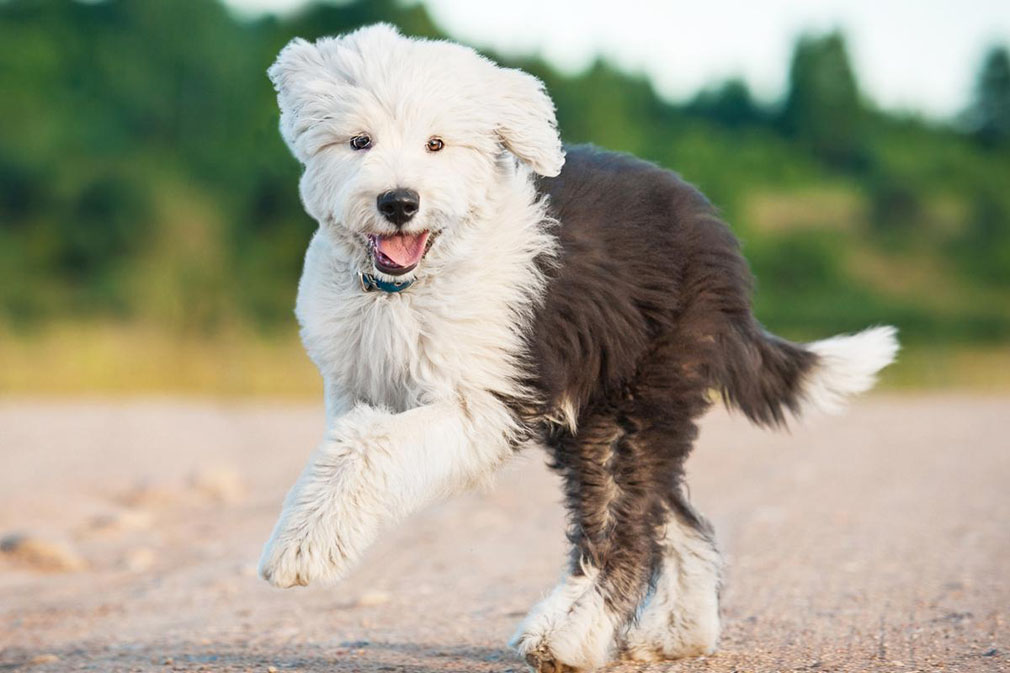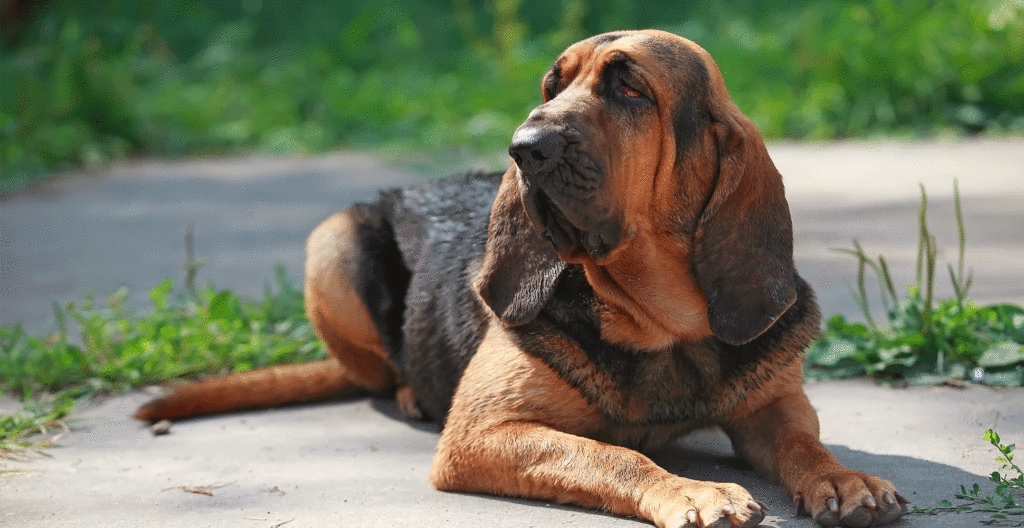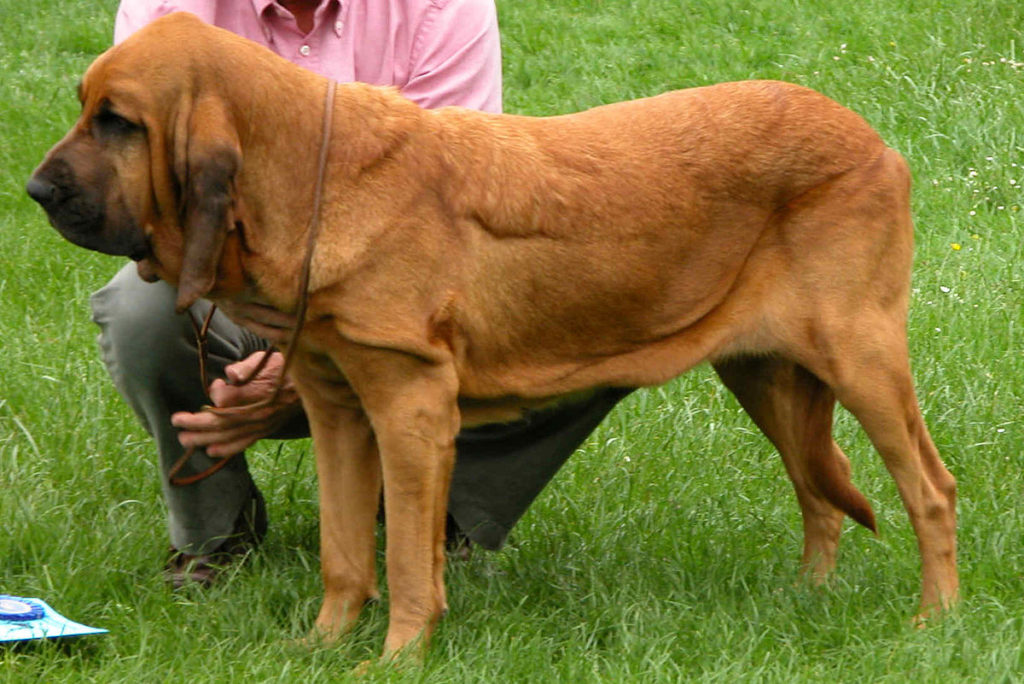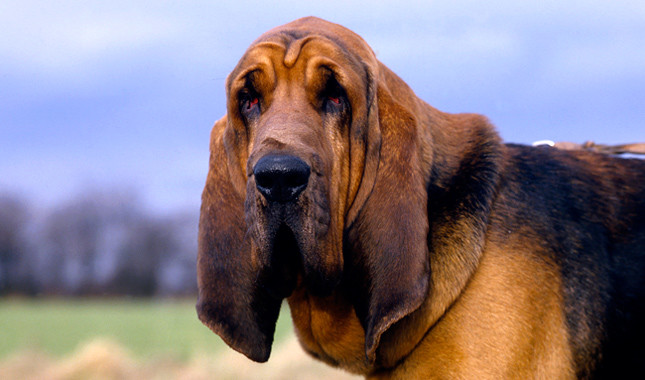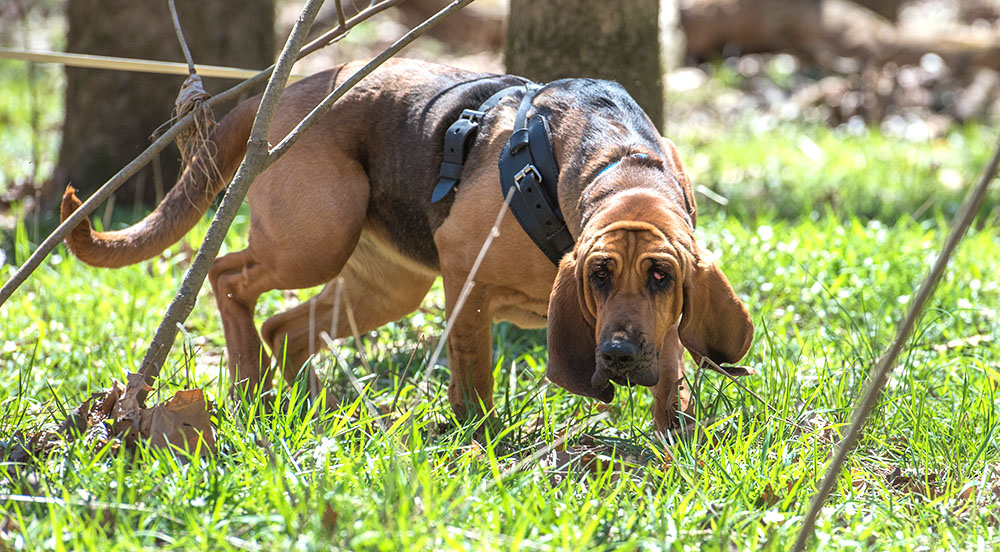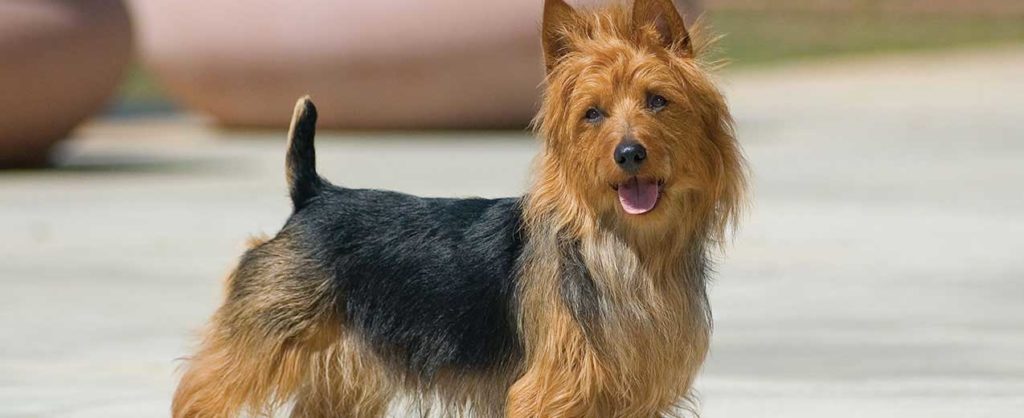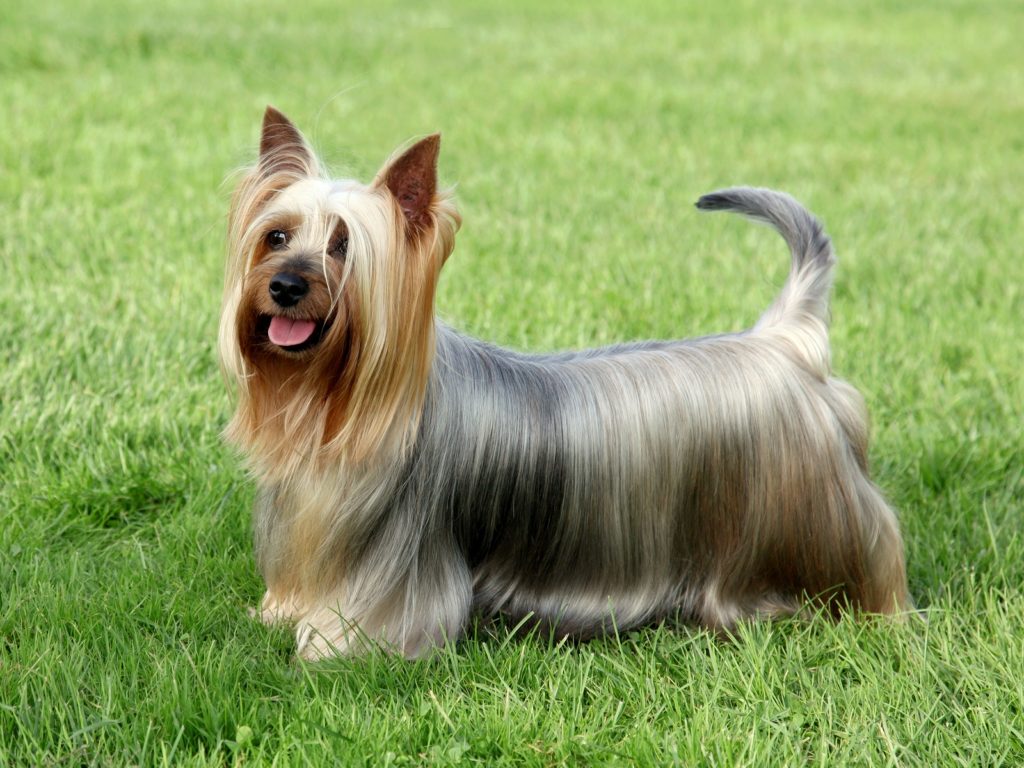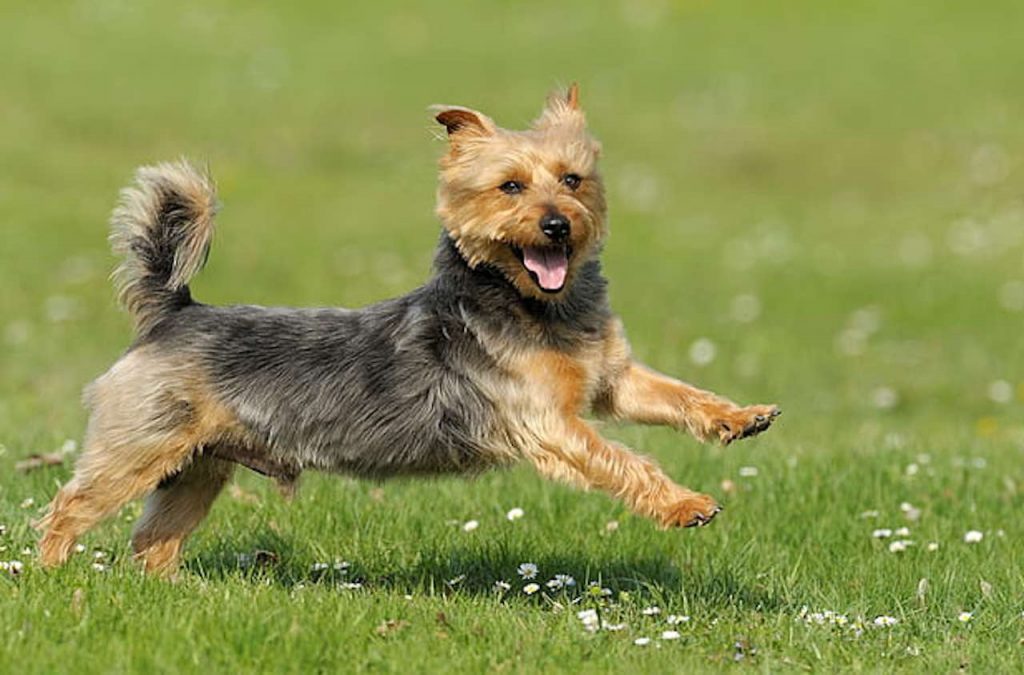The Arabian Greyhound is believed to be one of the ancestors of the Spanish Sighthound Dog Breed. This theory states that the Arabian Greyhound was introduced to the Iberian Peninsula during the Muslim conquest in 711 AD and that their crossing with local breeds produced the lineage that originated the Spanish Sighthound.
The Spanish Sighthound was commonly used for hunting during the Middle Ages. The popularity of these dogs caused them to be known as “the aristocrat’s dog” because of their use in hunting.
In the early 1900s, a crossbreed of the Spanish Sighthound and Greyhound was created in order to produce faster dogs for hunting. The result is known as the Anglo-Spanish Greyhound.
In the 9th and 10th centuries, large spaces were colonized in Castile. Due to the Christian repossession of Spain from Muslim control, hunting with dogs became popular. Hunting areas included open land where small animals were found. The Galgo was given a useful opportunity for hunting at that time. The Galgo was considered noble at this time.
The Spanish Greyhound or Galgo Espanol is a breed of dog that belongs to the sighthound family. This breed was primarily used in the Spanish countryside for hunting hares. The Galgo bears a resemblance to the Greyhound, though their conformation appears to be a little different than the latter.
Spanish Sighthound Dog Physical Appearance
The appearance of the Spanish Sighthound is very similar to that of Greyhounds. Their bodies are thin and elongated. They have long tails and slim but powerful legs, which allow them to run very fast. Their eyes and nose are black. The Spanish Sighthound has a body that is well proportioned, with small, oblique eyes and almond- shape.
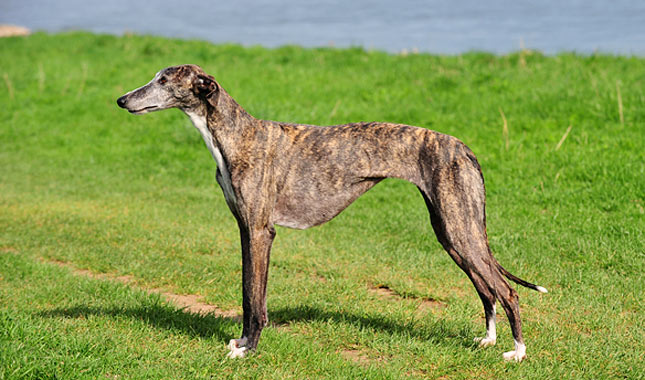
The Spanish Sighthound has a black or dark brown coat that is long and silky. Their tail is set high on the back, but not too high. They have triangular ears that are placed higher than other dog breeds. The end of their tail is rounded, while the base of their tail is wide to support it. Their legs are long and thin with strong bodies. Their long neck can be united with their strong body through their slim head.
The greyhound’s tail is thick at the base and gradually thins to a very fine point. It is flexible and very long. Their skin is very close to the body on its entire surface, they do not have loose skin. The coat of the Spanish Sighthound is thick, fine, short, and smooth. Any coat color is accepted for these dogs.
Spanish Sighthound Dog Breed Behavior
Spanish Sighthounds are known to be excellent family pets. They enjoy a relaxed atmosphere in the home but become active and energetic outside. Long walks and affection are two key factors in caring for these noble and submissive animals.
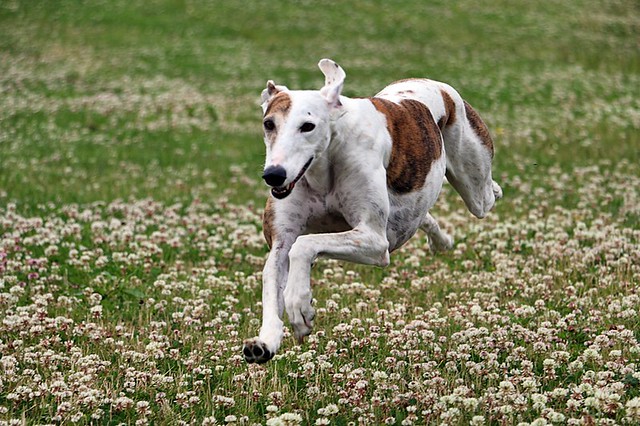
The Spanish Sight Hound, or Perro de Presa Mallorquin, is a breed of dog that was developed in the Balearic Islands off the eastern coast of Spain. Typically reserved with strangers but gentle and kind to those they know well, the breed makes a good family pet if socialized from an early age. They are often friendly to small animals like cats and small dogs.
Spanish Sighthound Dog Training and Caring
Sighthounds do well in apartments, but they have moderate exercise needs. They will be satisfied with a walk or a run of about 30 minutes daily. They would make excellent jogging partners, keeping pace with you. If you have a large yard that is fenced in, it would be best to let your sighthound run around there.
A sighthound will also benefit from being given an intelligence game. This is a toy that will help the dog relax, get mental stimulation, and boost its overall healtSighthounds need a lot of mental stimulation to keep their minds off of prey and other things they would normally chase. They can be very destructive if they do not get enough physical and mental exercise.
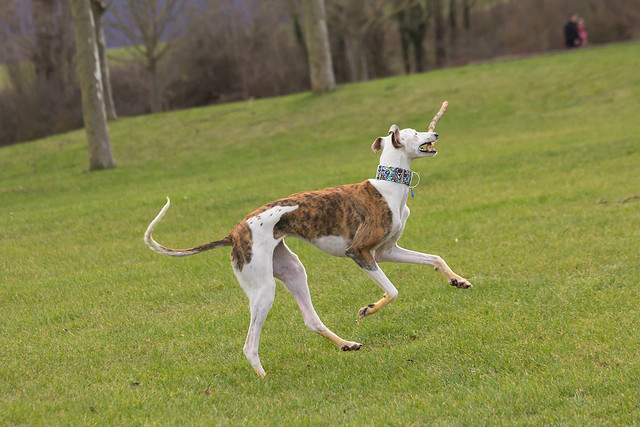
Spanish Sighthounds must be brushed weekly. Their short hair does not tangle, but brushing will help remove dead hair and keep the coat shiny. Bathing is necessary only when the dog gets dirty.
Spanish Sighthound Dog Breed Health
The Spanish Sighthound is a relatively healthy breed, but it can develop certain illnesses that are more common in large dogs. The most common diseases for the Spanish Sighthound are bone cancer, gastric torsion, and hip dysplasia. The average life span is between 9-11years.
Spanish Sighthound Dog Breed Review
- Typically gentle and loving
- Can be a good family pet
- Doesn’t need a high amount of exercise
- High prey drive
- Doesn’t tolerate cold well
- Difficult to find a breeder or rescue group
Spanish Sighthound Dog Breed Pictures
Spanish Sighthound Dog Picture
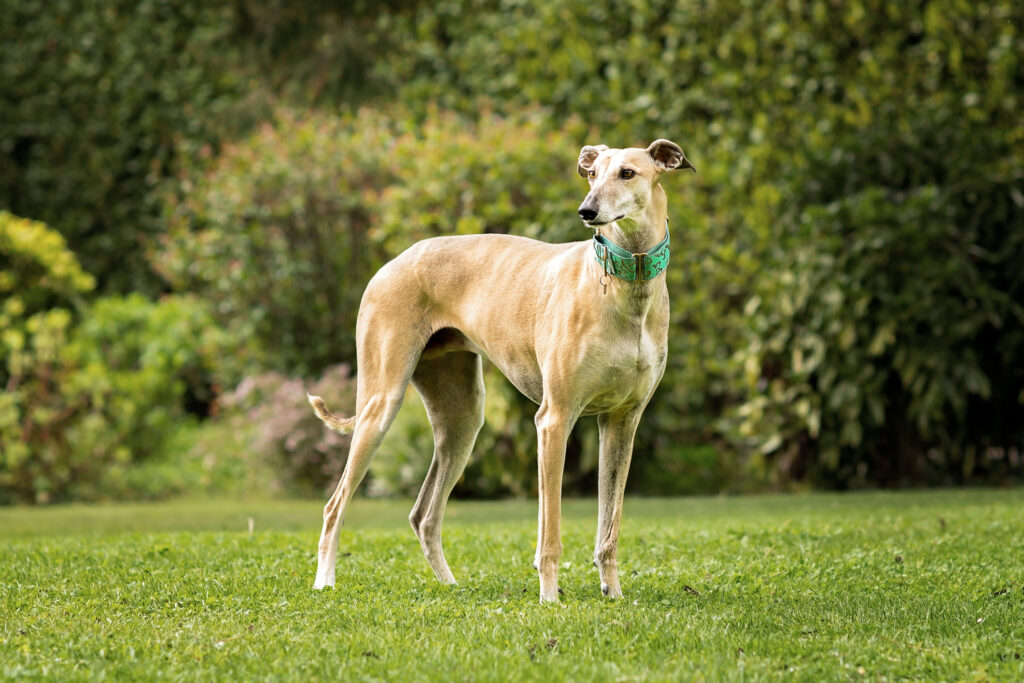
Spanish Sighthound Dog Picture
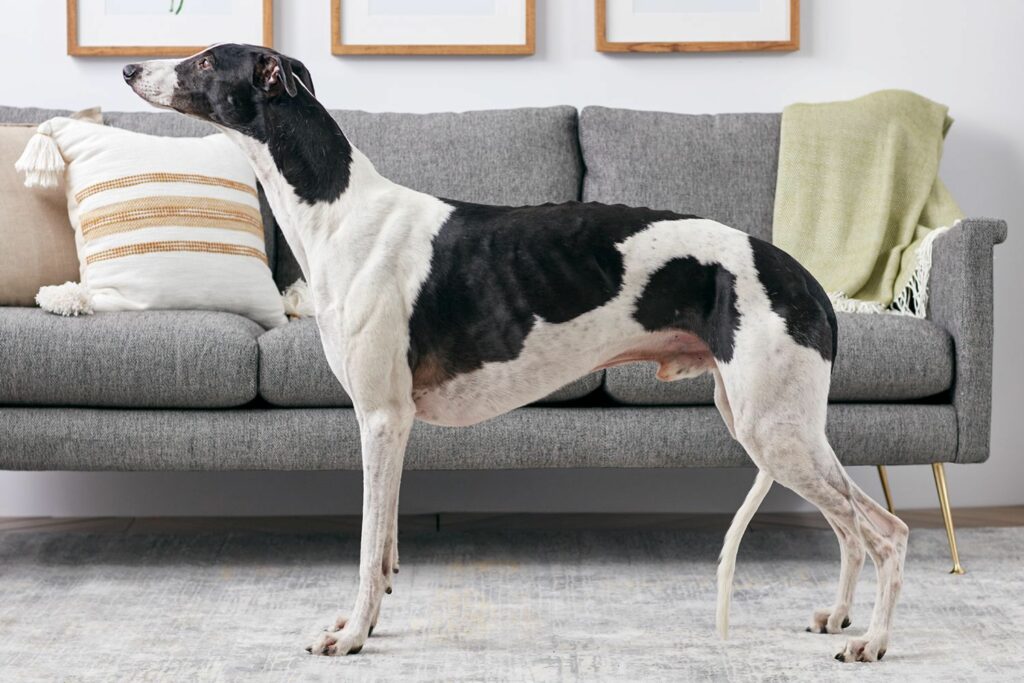
Spanish Sighthound Dog Picture
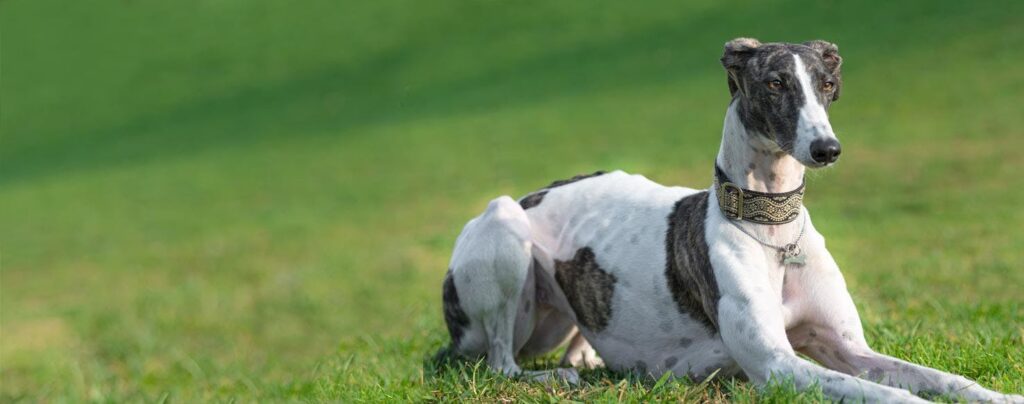
RECOMMENDED ARTICLES
- Spanish Mastiff Dog Breed Information
- Belgian Shepherd Dog Breed Information – 4 Best Known Facts with Breed Standards
- Leonberger Dog Breed Information – 5 Good Best Known Physical Appearance, Facts & Personality Traits
This website’s material is not intended to be a substitute for expert safety advice or professional treatment, nor should it be used to diagnose or treat any health issue or condition. It also is not meant to give any legal opinion or advice. For legal, medical, or other professional advice, please contact your Veterinary Doctor or other healthcare provider. We do not assume any duty for and do not warrant the reliability or operation of, the goods or services we evaluate, which are offered by third parties. Only educational aims are served by our content.
If you like, please share it. Sharing is usually caring.

